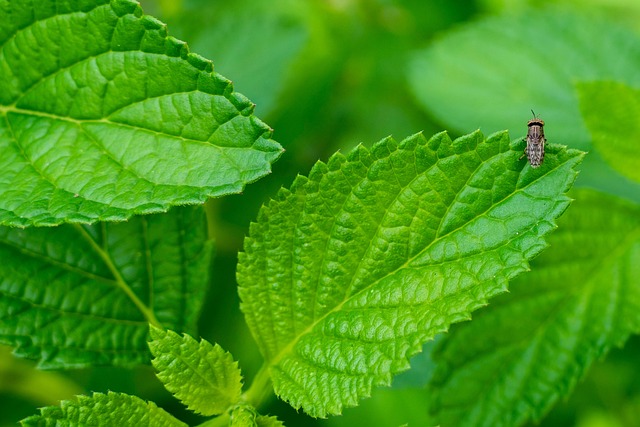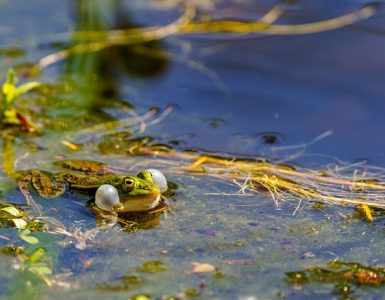But the title of the oldest living organism isn’t limited to trees. Enter Pando, a colossal quaking aspen colony located in Utah, which is technically one single organism. This sprawling network of genetically identical trees has been around for over 80,000 years! Talk about family reunion! Each tree is connected by a single root system, showcasing nature’s remarkable way of creating resilience and longevity.
Now, let’s not forget about the ocean’s secrets. Off the coast of California, a certain type of seagrass called Posidonia oceanica has been identified as one of the oldest living organisms too. One colony was estimated to be around 100,000 years old! That’s ancient! You can liken it to a long-lost civilization beneath the waves, quietly buzzing with life while watching the world evolve around it.
So, what do these incredible organisms teach us? They remind us of the power of adaptation and the importance of preserving our natural world. Next time you see a tree or stroll along the beach, think about the living history all around you. Isn’t it breathtaking to realize that life can endure through the ages, forging on against time?
The Longevity of Trees, Fungi, and Bacteria
But trees aren’t the only long-lived organisms. Fungi, although often overlooked, play a massive role in the longevity game. The Armillaria ostoyae, also known as honey fungus, stretches across the ground of Oregon and is estimated to be around 2,500 years old, making it one of the largest living organisms. Picture it as an underground warrior, fighting off decomposition while creating a web of connections among ecosystems. They decompose dead matter, enriching the soil and supporting new life—like nature’s very own recycling system!
Now, let’s sprinkle in a bit of bacteria, the invisible champions of longevity. These tiny organisms exist everywhere, often surviving conditions that would baffle even the hardiest of trees! Some bacteria can endure extreme temperatures, radiation, and even the depths of the ocean. One strain, called Deinococcus radiodurans, can withstand radiation levels thousands of times higher than what would kill a human. Think of them as the superheroes of the microbial world, showcasing incredible adaptability and survival skills.
Together, trees, fungi, and bacteria create an unbreakable thread in the tapestry of life on Earth. Each plays a unique role, forming a timeless cycle of growth, decay, and renewal—a constant reminder of nature’s intricate balance. Isn’t it breathtaking to realize how interconnected life truly is?
How These Organisms Survive for Thousands of Years
Firstly, they enter a state called cryptobiosis. It’s like hitting a cosmic snooze button! When times get tough—think droughts or extreme temperatures—tardigrades dry out and essentially stop all metabolic activity. This remarkable survival tactic allows them to wait it out until conditions improve, sometimes for years or even decades. It’s like going into hibernation, but on a whole other level, leaving them virtually unscathed when they wake up.

Then there are extremophiles, an even broader group of bacteria that thrive in environments considered too harsh for life, such as deep-sea vents or nuclear waste. These organisms have developed unique adaptations, like specialized proteins that stabilize their cellular structures and help them repair damage. It’s like giving each cell a tiny suit of armor!
This resilience isn’t just impressive; it’s a testament to the power of evolution. Over countless years, these organisms have honed their survival strategies, making them the ultimate champions of endurance. It’s as if they’re nature’s little warriors, equipped with secret codes that unlock survival in the face of extinction. The more we uncover about these incredible beings, the more we realize how resilient life can be, reminding us of nature’s boundless creativity and mystery.
























Ajouter un commentaire